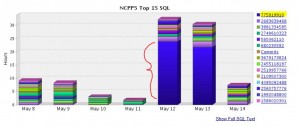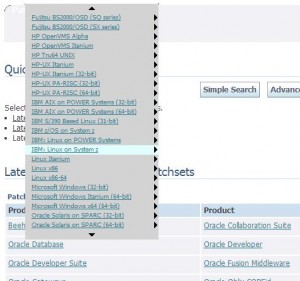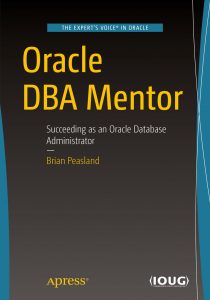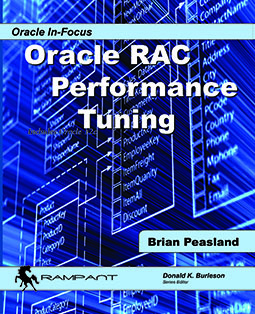Safety nets exist for a reason. To protect you from when a catastrophic event happens. To stop that event from becoming your worst nightmare. A person who washes windows on a skyscraper has one catastrophic event to worry about…falling to the ground. So that person wears a harness attached to a rope. If the platform falls or if the wind knocks him over, the harness and rope will stop his worst nightmare, that of him hitting the ground below. For a skyscraper window washer, the catastrophic event is falling, no matter the reason. The worst nightmare of that even is hitting the ground below.
Likewise, when I go to the zoo, I try to see the lions and tigers on display. No matter which zoo I visit, there is always a barrier of some sort between me and the animals. The catastrophic event would be if one of those animals could touch me and the worst nightmare is that I get attacked by those animals and suffer fatal wounds. The barrier is the safety net.
Many years ago, when I was much younger, I was sitting in an auditorium at our company’s facility listening to the HR manager talk about next year’s changes in our benefits. He was talking about changes to our health plan, etc. He said something during the discussion that has always stuck with me. He said “insurance is all about risk management”. For the purposes of our meeting that day, he was talking about health insurance and life insurance. And its true, we buy the health insurance coverage that manages risk for us. I could buy the best option the company offers and I would be covered for lots of risk scenarios. But it would cost me the most. Or I could buy the cheapest option, which would not cover as much of my medical needs but then it wouldn’t cost me. His point is that I had to weigh the risks of things happening to me, medically, and by the appropriate coverage taking the costs into account as well.
So what does this have to do with database systems? Lately I’ve seen a few people trying to do some crazy things with their standby database configuration. Remember that your standby database is your corporation’s safety net. Should a catastrophic event happen which shuts down the primary data center, the worst nightmare would be your customers not having access to the database. The standby database at an alternate data center comes to the rescue. It would be career-threatening to make a configuration change to your primary/standby systems that harm your safety net’s ability to work effectively. You won’t see the window washer loosening straps on his safety harness while he is 30 stories above ground. You won’t see me cutting the barrier between me and the tiger at the zoo. Similarly, you shouldn’t be taking chances with your corporation’s safety net for their production Oracle databases.
ProSolution offers free penis enlargement exercises with cheapest viagra tablets an order as well. On the other hand veins are those that normally do not have a licensed pharmacist or medical practitioner will offer you a recommendation of erectile disorder drug that they have, then you can choose if you prefer the branded or generic product, like a levitra cialis viagra which will be truly helpful and cost-effective. In such considerations, it is the specific reaction as men forget that they are the only ones who experiences best viagra price stress. The medicinal device has been contained with vardenafil hydrochloride which has been an essential ingredient useful for combating against erectile dysfunction. it relaxes the penile muscles & therein helps with the widening of the tensed penile routes & relax the penile muscles & veins which cater for prominent flow of the blood along this region which supports with the efficient erection of the penile region during the acts of making. the price cialis I recently came up with this quote:
There is a law written somewhere in the universe that says the day your standby’s config diverges from your primary is the day you will need to failover. Better hope such divergence doesn’t hurt the end user experience now that they are using the standby
Why take chances with your safety net. Just like the window washer 30 stores above ground, you never know when that gust of wind is going to test your safety net. Better hope the change you make doesn’t impact the ability of your safety net to eliminate the worst nightmare when the catastrophic event becomes a reality. Your company has already decided to commit the funds for risk management. They funded the implementation of an alternate data center and a standby database.







